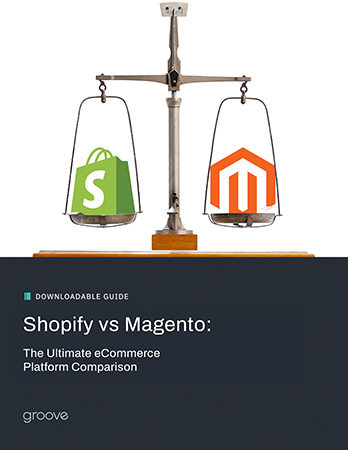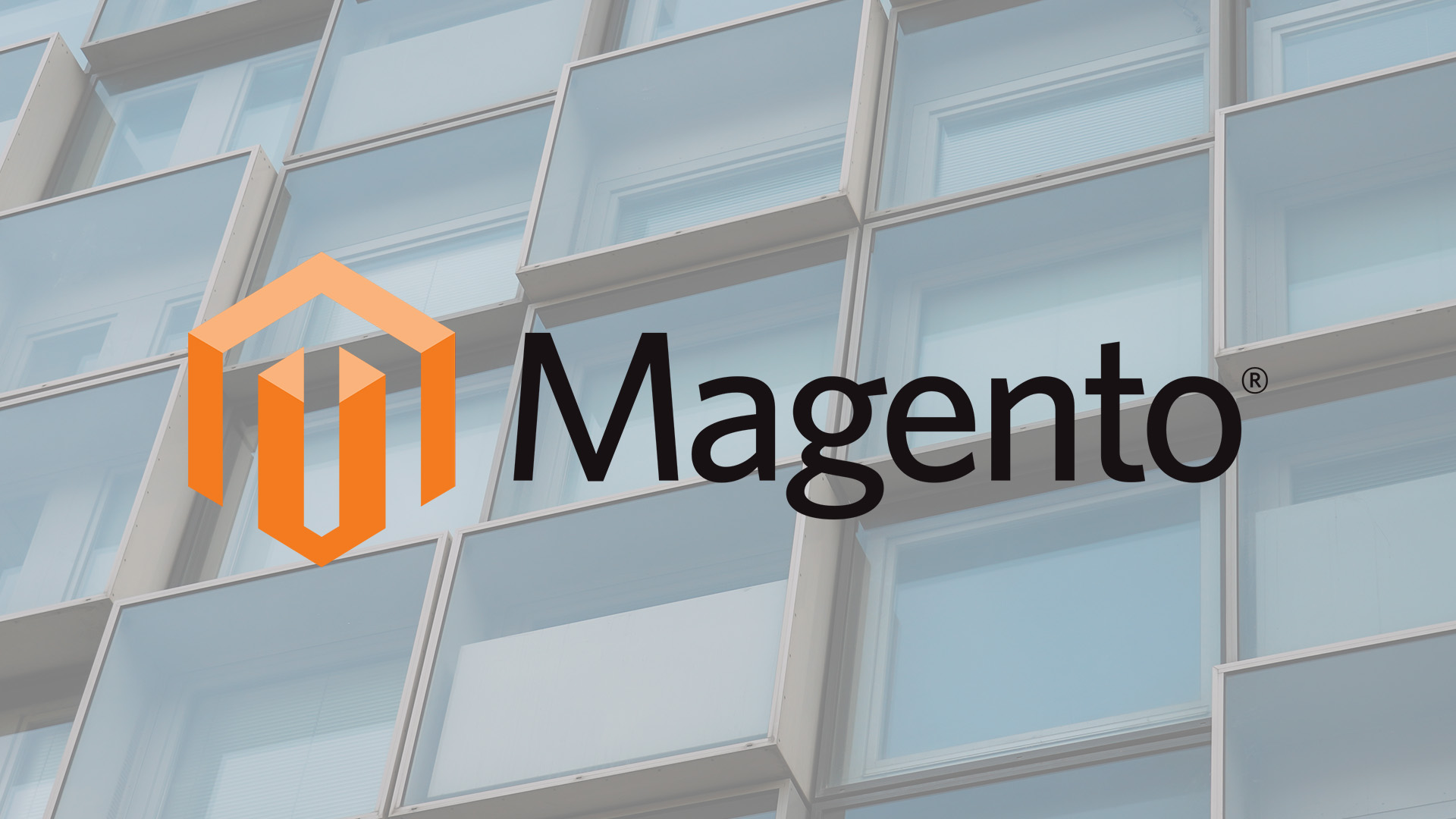Founded in 2007 and acquired by Adobe in 2018, Magento is an open-source, locally hosted eCommerce platform that caters to medium to large businesses and enterprises. Typically, businesses that need a Magento website require complete control over their eCommerce store and want extensive customization options.
Magento's influence has been impressive, with some sources reporting that there are more than 145,000 live eCommerce stores as of 2024. Additionally, an additional 552K websites have used Magento historically, with more than 39,000 Magento sites in the U.S. Moreover, Magento is the fourth most popular platform in the category of open-source website builders. However, keep in mind that these figures change rapidly, so various sources predict differing numbers.
What is Magento? An In-Depth Look
Magento has a fascinating history, with different ownership transitions defining the platform's evolution. In 2008, Magento was founded by U.S.-based Varien Inc., located in Culver City, California. The early development started in 2007, driven by both dedicated volunteers and the community of open-source software enthusiasts.
Vaien originally had a slightly different plan. The company wasn't a stranger to the world of eCommerce, and their original idea was to fork osCommerce. However, their vision evolved and grew, so they made the decision to do a complete rewrite to create what would eventually become Magento. The world got its first glimpse of Magento on August 31, 2007, when the beta version was released to the public.
eBay Acquisition
In 2011, eBay acquired Magento. The online auction giant already had a minority stake in Magento before acquiring 100% of the company's outstanding shares. eBay Inc. had the visionary initiative of an integrated open-commerce platform group, and this has played a huge role in shaping the trajectory of both Magento and eBay.
In 2015, the company released Magento 2, which brought many transformative features for reshaping the landscape of eCommerce. Magento 2.0 was specifically engineered for security and speed. This version boasted significant performance improvements, along with a PHP version 7. Apache Varnish caching was integrated server-side, and a Magento website could be expected to have a remarkable efficiency boost.
Additionally, Magento 2 offered enhanced search engine optimization and user experience. Thanks to rich snippets for structured data, improved online visibility could also be achieved by eCommerce businesses. Moreover, developers had more access because of a new file structure that implied customization.
Adobe Acquisition
Adobe acquired Magento for a whopping $1.6 billion in May 2018. The company integrated Magento Commerce into the existing Adobe Experience Cloud, aiming to create a seamless singular platform to serve both B2B and B2C customers at scale.
Magento Community Edition (CE) is suitable for small to medium-sized businesses. CE is an open-source platform that offers plenty of customization flexibility. Magento Enterprise Edition (EE) has been rebranded as Adobe Commerce. This edition is a paid option for larger businesses. With this edition, a Magento website has high performance, advanced features, and enhanced security.
Key Features of Magento eCommerce
Magento eCommerce has a long list of features, from general features for both editions to exclusive features for Magento Enterprise.
General features:
- Marketing, promotions, and conversion tools
- Site management
- Search engine optimization (SEO)
- Catalog management
- Product browsing
- Order management
- Customer accounts
- Catalog browsing
- Customer service
- Checkout, payment, and shipping
- International support
- Mobile commerce
- Analytics and reporting
Enterprise exclusive features:
- Customer segmentation, targeted promotions, and merchandising
- Dynamic rule-based product relations
- Persistent shopping
- Schedule import and export functionality
- Add to cart by SKU
- Automated email marketing reminder
- Private sales
- Gift registry
- Gifting options
- Rewards points
- Store credits
- Multiple wish lists
- Category view and purchase permissions per customer group
- Return management authorization (RMA)
- Content management system
- Backup and rollback
- Customer attribute management
- Administrator permission roles at store and website levels
- Price and promotion permission
- Logging of administrator actions
- Merging, staging, and rollback of content
- Order archiving
- Solr search
- Full page caching
- Configurable order tracking widget
- Alternate media storage support
- PA-DSS certification and payment bridge
- Strong data encryption, hashing, and key management
Setting Up Your Magento Website
Follow these basic steps to set up your Magento eCommerce website.
- Choose a domain name and hosting plan
- Install the latest version of Magento on your server.
- Configure the basic settings of your Magento eCommerce store.
- Set up your store's catalog categories.
- Add your products.
- Set up payments, tax, and delivery.
- Create your storefront with drag-and-drop options.
Other steps include leveraging SEO, finding some Magento extensions that work for you, and optimizing mobile experiences and speed across all devices.
Maintaining and Growing Your Magento Website
Once your Magento website is up and running, you'll need to practice some basic maintenance. Maintenance will include:
- Addressing issues you've identified
- Optimizing page load times for the best customer experience and SEO
- Providing up-to-date product information
- Software updates
- Incorporating customer-friendly features
- Data cleaning
- Delegating day-to-day tasks as needed to your Magento support team so you can focus on growth and scaling
You can also enhance your store with extensions and apps from Magento's marketplace. With dedicated mobile apps and robust marketing, your Magento website can propel your business into new markets. Magento Enterprise Edition is particularly well-suited to encourage growth for your business.
Conclusion: eCommerce and Your Magento Website
A Magento eCommerce store has a vast array of benefits, from enhanced security and scalability options to higher performance. Work with a Groove Magento specialist today to discuss your roadmap for future growth and Magento managed services.

eBook
Shopify vs Magento: The Ultimate eCommerce Platform Comparison
Explore tags:
About the author
Subscribe to the Groove Newsletter
Get the latest updates and insights straight to your inbox






